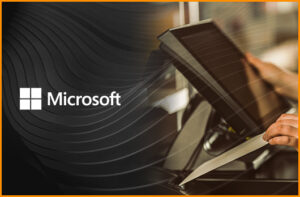Product overview
The ESU program provides updates for Microsoft Security Response Center (MSRC) “important” and “critical” security issues.
The End of Support (EOS) date for Windows 7 Embedded and Windows Server 2008 was January 14, 2020. Windows Embedded Standard 7 (WES7) hit EOS on October 13, 2020.
We can help
Let the experts at Kontron:
- Provide in-depth information on the ESU Program
- Walk you through the enrollment process
- Offer technical guidance and utilities to streamline the installation processes required for the ESU Program




